Thousands of miles away from India, the traditional Madhubani painting and several other art forms, which are on the verge of decline in the country, have found an oasis in Japan.
TOKYO: Thousands of miles away from India, the traditional Madhubani painting and several other art forms, which are on the verge of decline in the country, have found an oasis in Japan that can boast of a museum exclusively dedicated to their preservation.
The 'Mithila Museum', situated in Tokamachi hills in Japan`s Niigata prefecture and a brainchild of Tokio Hasegawa, is now a treasure house of 15,000 exquisite Madhubani paintings and attracts hundreds of artists from India throughout the year.
"I did not want this spiritual (Madhubani) art form to disappear like our own ukioye (Japanese art from the 17 century in Ado period). Today even if we want to set up a museum we cannot as most of our paintings are with collectors and museums in the west," says 60-year-old Hasegawa on his endeavour to save the art form that originated in Bihar.
"The paintings are being kept at the museum for eternity," he said.
The idea for the museum came when a group of students approached Hasegawa with 80 Madhubani paintings in 1982 which they had purchased during a trip to Bihar and were looking for a place to exhibit them.
Hasegawa, a 16th generation Tokyo resident and a renowned musician, had at that time "escaped" city life to live in the mountains to be "more close to his music and god".
"So we decided to covert a vacant primary school for a museum," says Hasegawa. With this began a long journey which took him over 20 times to India -- collecting art, encouraging artists and bringing them over to Japan.
Since 1988, when the world renowned Mithila artist Ganga Devi came to Japan, the Mithila Museum has invited various painters who practice their art form using traditional methods on a new material developed by the museum.
"I would travel from village to village in search of artists and then I met Ganga Devi," says Hasegawa, the renowned musician.
The artists are provided food, lodgings and a monthly salary during their stay.
"I have come nine times to stay at the museum and really like being here. We practice our art and Hasegawa helps us with new ideas," says 78-year-old artist Karpuri Devi.
Also, with the setting up of the museum began Hasegawa's attachment with India as tried to learn more about its culture.
Along with NPO society, he was part of a campaign to popularise Indian culture and in 2003 became the chairman of the organising team of 'Namaste India', an annual festival showcasing the country, held in Tokyo.
Hasegawa's says he overcame financial problems and the apathy of governments and officials but friends and families helped him through.
"The companies would say that India was not the only country of interest to them and that they had businesses in other nations, but you cannot accomplish such a task if you only think of economy," the renowned musician says.
"In India artists approach me with their works and I buy them -- even those which I don't need as we have to encourage the artists," says Hasegawa, who often invokes 'Krishna' during his conversation.
His labour of love, the museum is now also involved in encouraging other Indian art forms like Warli folk painting of Maharashtra and terracotta.
Giant terracotta figurines are displayed at the museum premise. The massive wooden museum also houses a Saraswati temple on its premises.
The Madhubani tradition which dates back to the 7th century A.D., is unique as it is the women who mastered and practiced it.
Natural colours like green from bean leaves, black from khol and geru for red are used in the intricate paintings.
"The artists ask me should we use artificial colours but I tell them 'no' as we have to maintain the originality," he says, adding "but we do improvise on the subjects".
Asked about the awareness among the Japanese people about the Indian culture, he says "it is not an easy job but don't stop the cultural interactions as these are helping to bring the two countries closer."
Recognising his contribution towards strengthening relations between the two countries, Hasegawa was given a special award by the Indian embassy here last year.
![submenu-img]() Bigg Boss OTT 3: Anil Kapoor confirmed as new host, says 'jhakaas nahi kuch khaas karte hai', leaves netizens divided
Bigg Boss OTT 3: Anil Kapoor confirmed as new host, says 'jhakaas nahi kuch khaas karte hai', leaves netizens divided![submenu-img]() Felony charges and political ambitions: Donald Trump at the legal and electoral crossroads
Felony charges and political ambitions: Donald Trump at the legal and electoral crossroads![submenu-img]() This actor left UPSC dreams for Bollywood, was launched by Amitabh, fought Shah Rukh, then disappeared for years, now...
This actor left UPSC dreams for Bollywood, was launched by Amitabh, fought Shah Rukh, then disappeared for years, now...![submenu-img]() Data-Driven Decision Making: Leveraging KPI Metrics for Strategic Insight
Data-Driven Decision Making: Leveraging KPI Metrics for Strategic Insight![submenu-img]() Exploring transformative potential of application modernisation for sustainable solutions in future
Exploring transformative potential of application modernisation for sustainable solutions in future![submenu-img]() Meet Indian genius who won National Spelling Bee contest in US at age 12, he is from…
Meet Indian genius who won National Spelling Bee contest in US at age 12, he is from…![submenu-img]() Meet man who became IIT Bombay professor at just 22, got sacked from IIT after some years because..
Meet man who became IIT Bombay professor at just 22, got sacked from IIT after some years because..![submenu-img]() Meet Indian genius, son of constable, worked with IIT, NASA, then went missing, was found after years in...
Meet Indian genius, son of constable, worked with IIT, NASA, then went missing, was found after years in...![submenu-img]() Meet IAS officer who was victim of domestic violence, mother of two, cracked UPSC exam in first attempt, she's posted in
Meet IAS officer who was victim of domestic violence, mother of two, cracked UPSC exam in first attempt, she's posted in![submenu-img]() RBSE Class 5th, 8th Result 2024 Date, Time: Rajasthan board to announce results today, get direct link here
RBSE Class 5th, 8th Result 2024 Date, Time: Rajasthan board to announce results today, get direct link here![submenu-img]() DNA Verified: Did Kangana Ranaut party with gangster Abu Salem? Actress reveals who's with her in viral photo
DNA Verified: Did Kangana Ranaut party with gangster Abu Salem? Actress reveals who's with her in viral photo![submenu-img]() DNA Verified: New Delhi Railway Station to be closed for 4 years? Know the truth here
DNA Verified: New Delhi Railway Station to be closed for 4 years? Know the truth here![submenu-img]() DNA Verified: Did RSS chief Mohan Bhagwat praise Congress during Lok Sabha Elections 2024? Know the truth here
DNA Verified: Did RSS chief Mohan Bhagwat praise Congress during Lok Sabha Elections 2024? Know the truth here![submenu-img]() DNA Verified: Is CAA an anti-Muslim law? Centre terms news report as 'misleading'
DNA Verified: Is CAA an anti-Muslim law? Centre terms news report as 'misleading'![submenu-img]() DNA Verified: Lok Sabha Elections 2024 to be held on April 19? Know truth behind viral message
DNA Verified: Lok Sabha Elections 2024 to be held on April 19? Know truth behind viral message![submenu-img]() Streaming This Week: Panchayat season 3, Swatantrya Veer Savarkar, Illegal season 3, latest OTT releases to binge-watch
Streaming This Week: Panchayat season 3, Swatantrya Veer Savarkar, Illegal season 3, latest OTT releases to binge-watch![submenu-img]() Avneet Kaur shines in navy blue gown with shimmery trail at Cannes 2024, fans say 'she is unstoppable now'
Avneet Kaur shines in navy blue gown with shimmery trail at Cannes 2024, fans say 'she is unstoppable now'![submenu-img]() Assamese actress Aimee Baruah wins hearts as she represents her culture in saree with 200-year-old motif at Cannes
Assamese actress Aimee Baruah wins hearts as she represents her culture in saree with 200-year-old motif at Cannes ![submenu-img]() Aditi Rao Hydari's monochrome gown at Cannes Film Festival divides social media: 'We love her but not the dress'
Aditi Rao Hydari's monochrome gown at Cannes Film Festival divides social media: 'We love her but not the dress'![submenu-img]() AI models play volley ball on beach in bikini
AI models play volley ball on beach in bikini![submenu-img]() DNA Explainer: Why was Iranian president Ebrahim Raisi, killed in helicopter crash, regarded as ‘Butcher of Tehran’?
DNA Explainer: Why was Iranian president Ebrahim Raisi, killed in helicopter crash, regarded as ‘Butcher of Tehran’?![submenu-img]() DNA Explainer: Why did deceased Iranian President Ebrahim Raisi wear black turban?
DNA Explainer: Why did deceased Iranian President Ebrahim Raisi wear black turban?![submenu-img]() Iran President Ebrahim Raisi's death: Will it impact gold, oil prices and stock markets?
Iran President Ebrahim Raisi's death: Will it impact gold, oil prices and stock markets?![submenu-img]() Haryana Political Crisis: Will 3 independent MLAs support withdrawal impact the present Nayab Saini led-BJP government?
Haryana Political Crisis: Will 3 independent MLAs support withdrawal impact the present Nayab Saini led-BJP government?![submenu-img]() DNA Explainer: Why Harvey Weinstein's rape conviction was overturned, will beleaguered Hollywood mogul get out of jail?
DNA Explainer: Why Harvey Weinstein's rape conviction was overturned, will beleaguered Hollywood mogul get out of jail?![submenu-img]() Bigg Boss OTT 3: Anil Kapoor confirmed as new host, says 'jhakaas nahi kuch khaas karte hai', leaves netizens divided
Bigg Boss OTT 3: Anil Kapoor confirmed as new host, says 'jhakaas nahi kuch khaas karte hai', leaves netizens divided![submenu-img]() This actor left UPSC dreams for Bollywood, was launched by Amitabh, fought Shah Rukh, then disappeared for years, now...
This actor left UPSC dreams for Bollywood, was launched by Amitabh, fought Shah Rukh, then disappeared for years, now...![submenu-img]() Bujii and Bhairava review: Prabhas' futuristic Baahubali-type Kalki 2898 prelude AD is fun, AI Keerthy steals the show
Bujii and Bhairava review: Prabhas' futuristic Baahubali-type Kalki 2898 prelude AD is fun, AI Keerthy steals the show![submenu-img]() This actress gave no hits in 9 years, no Bollywood releases in 5 years, charges Rs 40 crore per film, net worth is..
This actress gave no hits in 9 years, no Bollywood releases in 5 years, charges Rs 40 crore per film, net worth is..![submenu-img]() Mr & Mrs Mahi review: Janhvi, Rajkummar's earnest performances can't save film that doesn't really get cricket or women
Mr & Mrs Mahi review: Janhvi, Rajkummar's earnest performances can't save film that doesn't really get cricket or women![submenu-img]() Viral video: Little girl’s adorable dance to 'Ruki Sukhi Roti' will melt your heart, watch
Viral video: Little girl’s adorable dance to 'Ruki Sukhi Roti' will melt your heart, watch![submenu-img]() Groom jumps off stage for impromptu dance with friends, viral video leaves netizens in splits
Groom jumps off stage for impromptu dance with friends, viral video leaves netizens in splits![submenu-img]() Viral video: Chinese man stuns internet by balancing sewing machine on glass bottles, watch
Viral video: Chinese man stuns internet by balancing sewing machine on glass bottles, watch![submenu-img]() Watch: First video of Mukesh Ambani's son Anant Ambani-Radhika Merchant's 2nd pre-wedding bash goes viral
Watch: First video of Mukesh Ambani's son Anant Ambani-Radhika Merchant's 2nd pre-wedding bash goes viral![submenu-img]() Viral video: Outrage over woman's dance at Mumbai airport sparks calls for action, watch
Viral video: Outrage over woman's dance at Mumbai airport sparks calls for action, watch
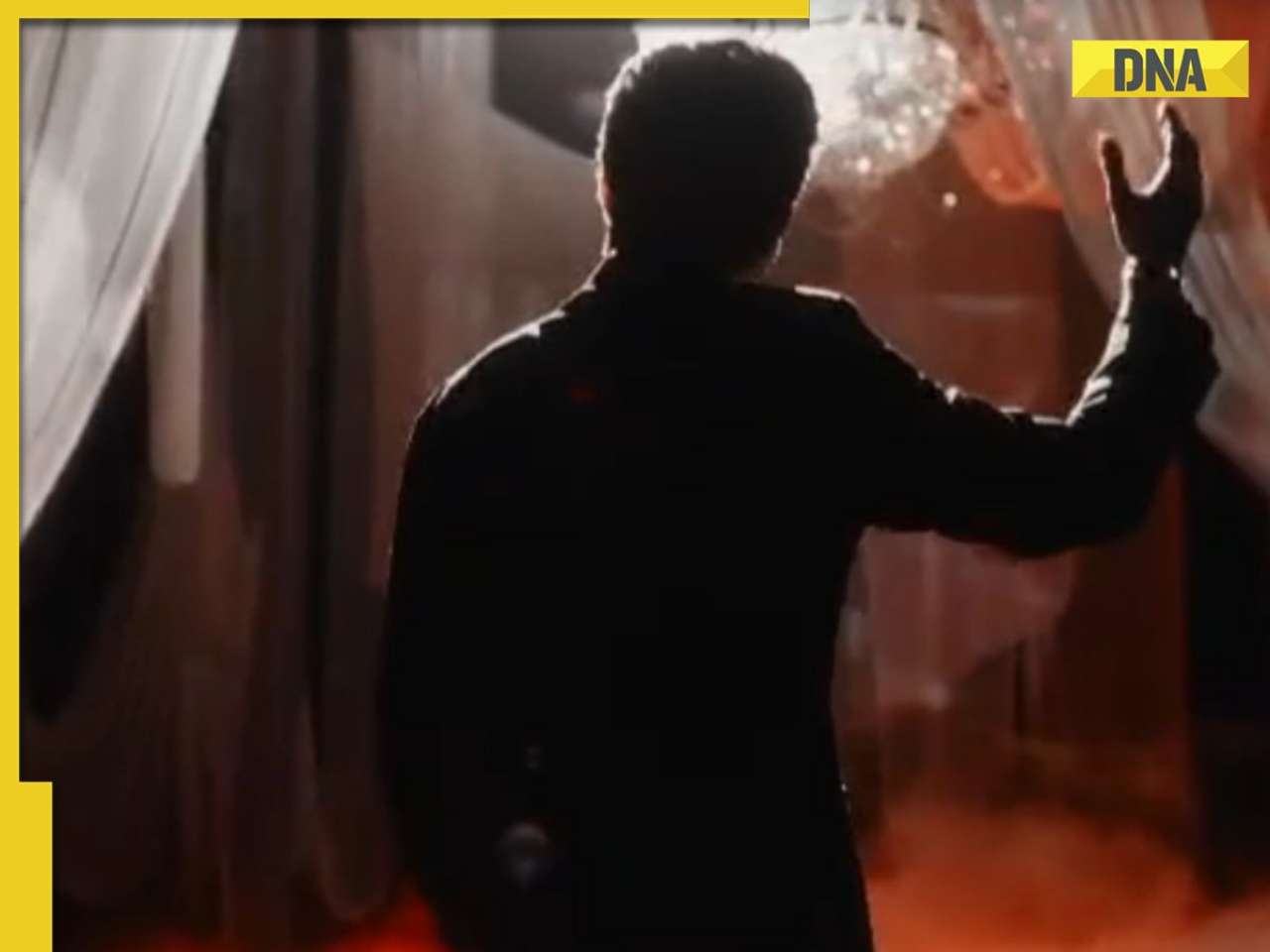



































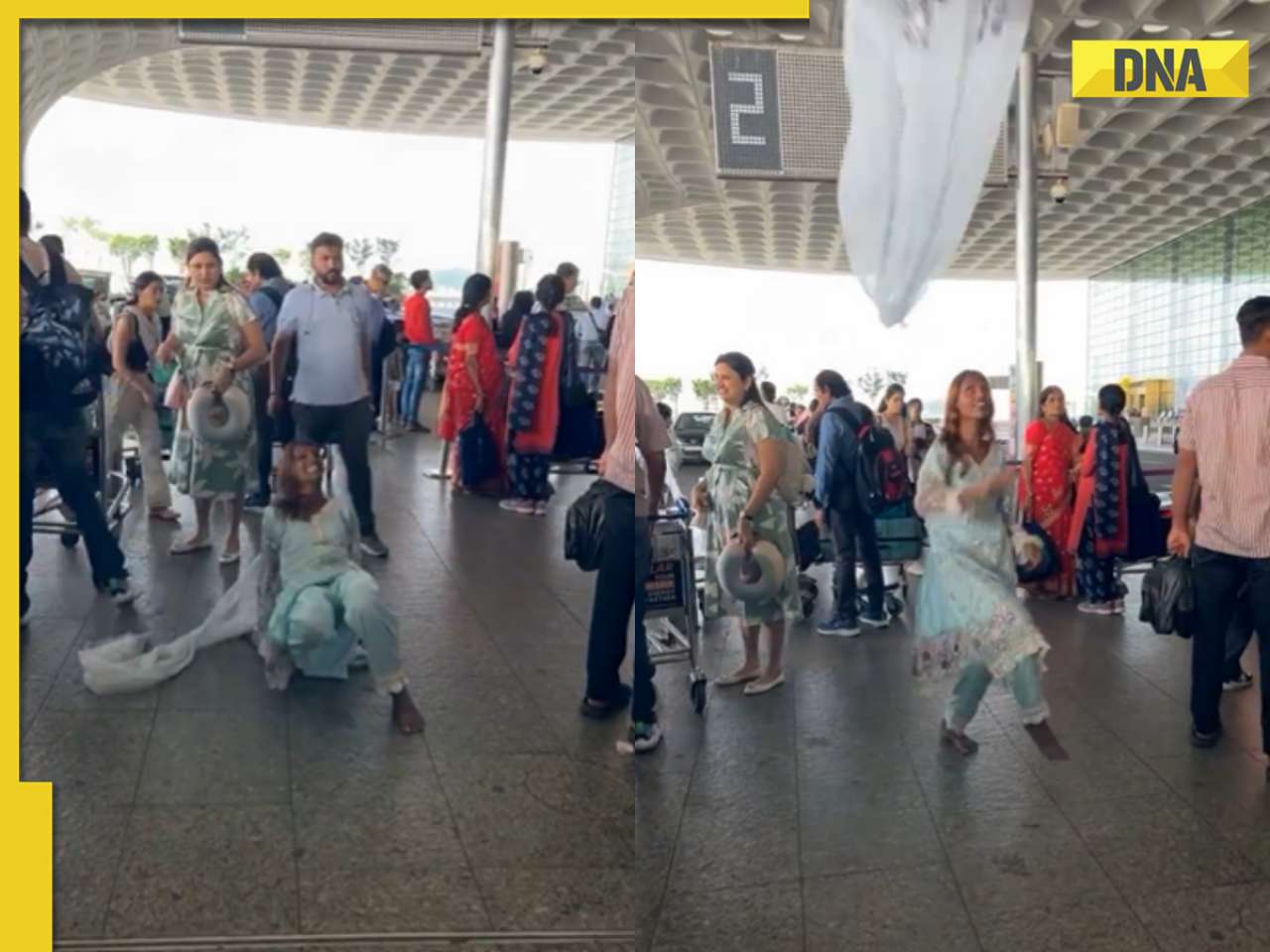


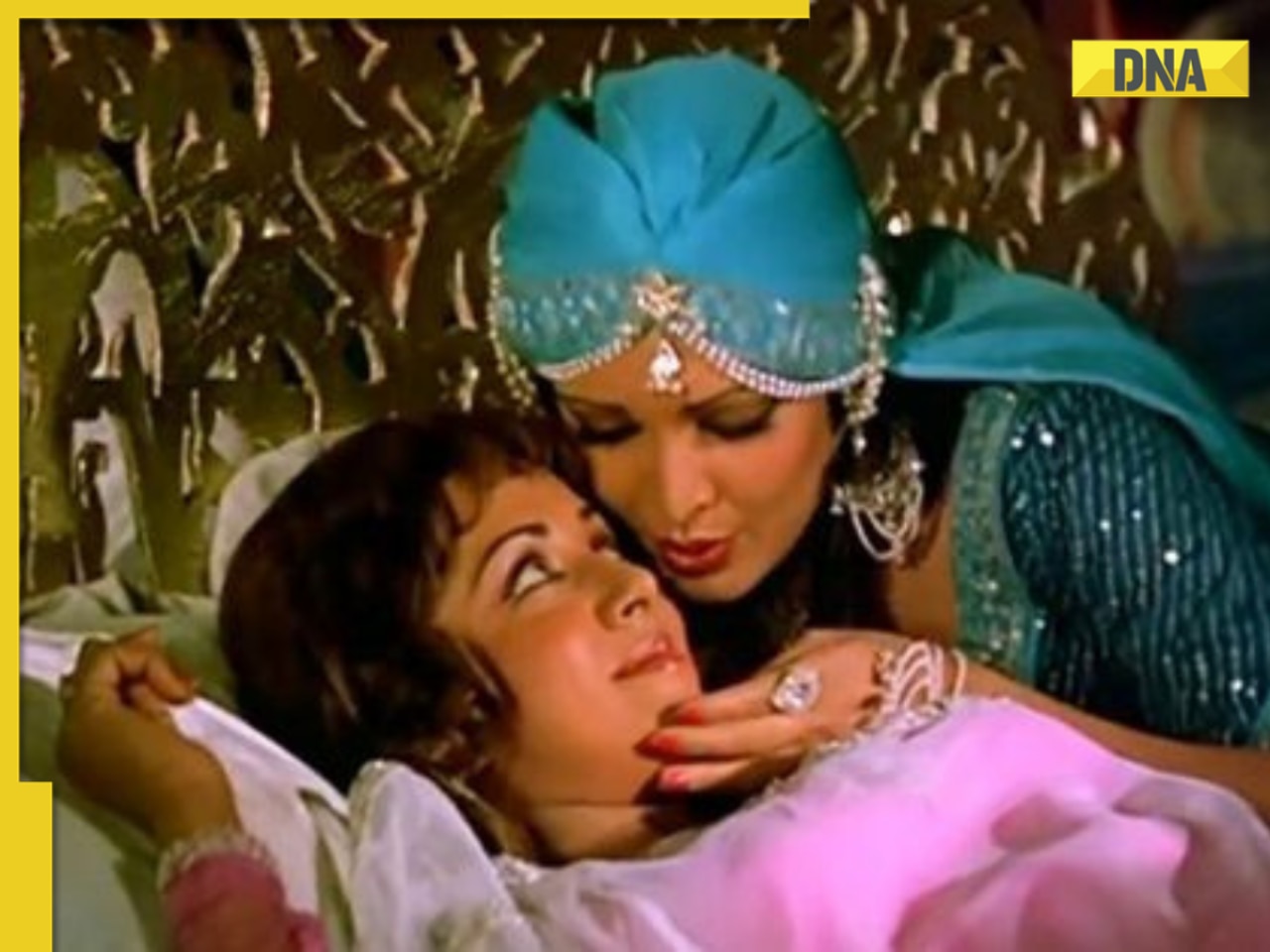


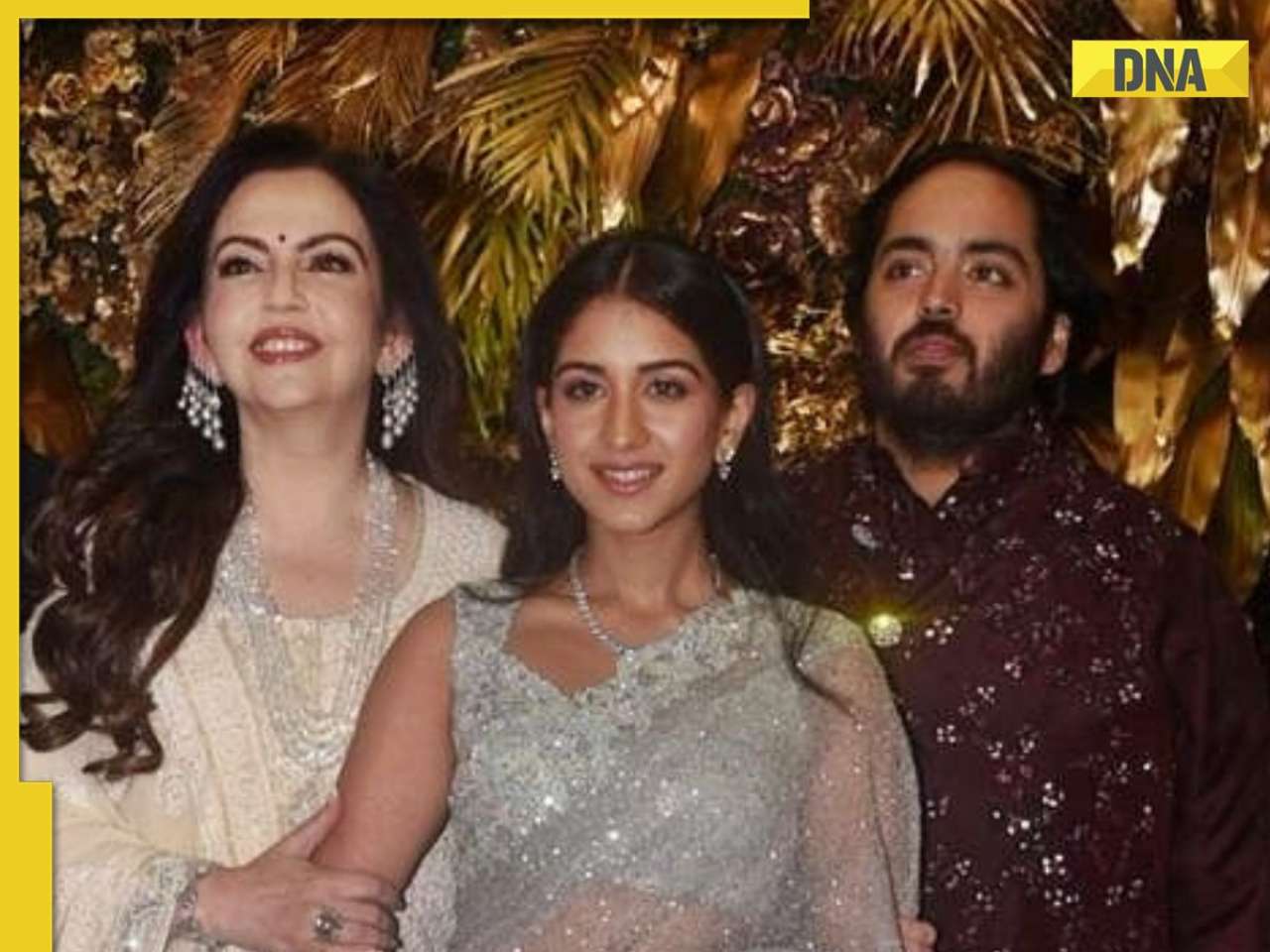


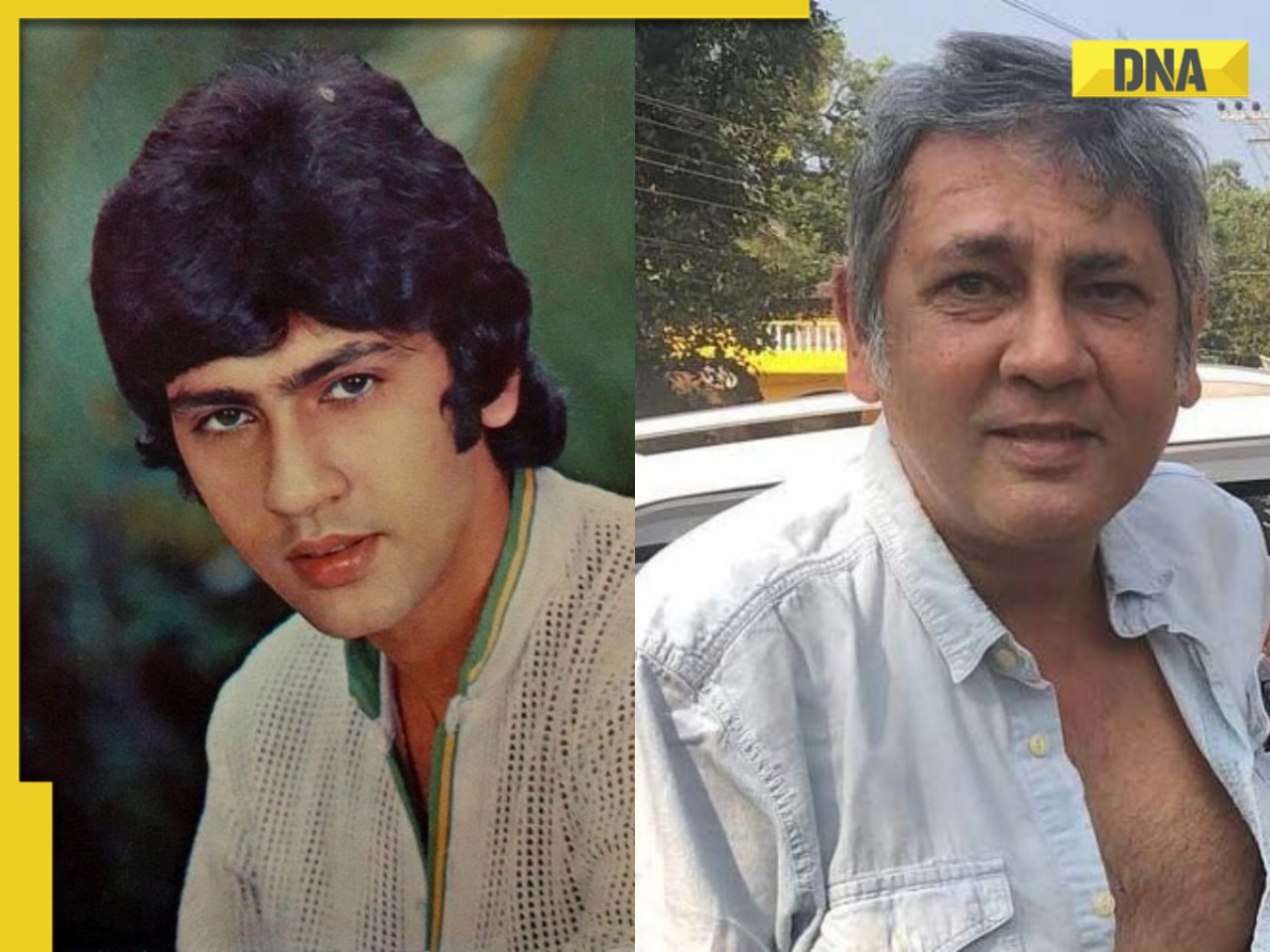











)
)
)
)
)
)